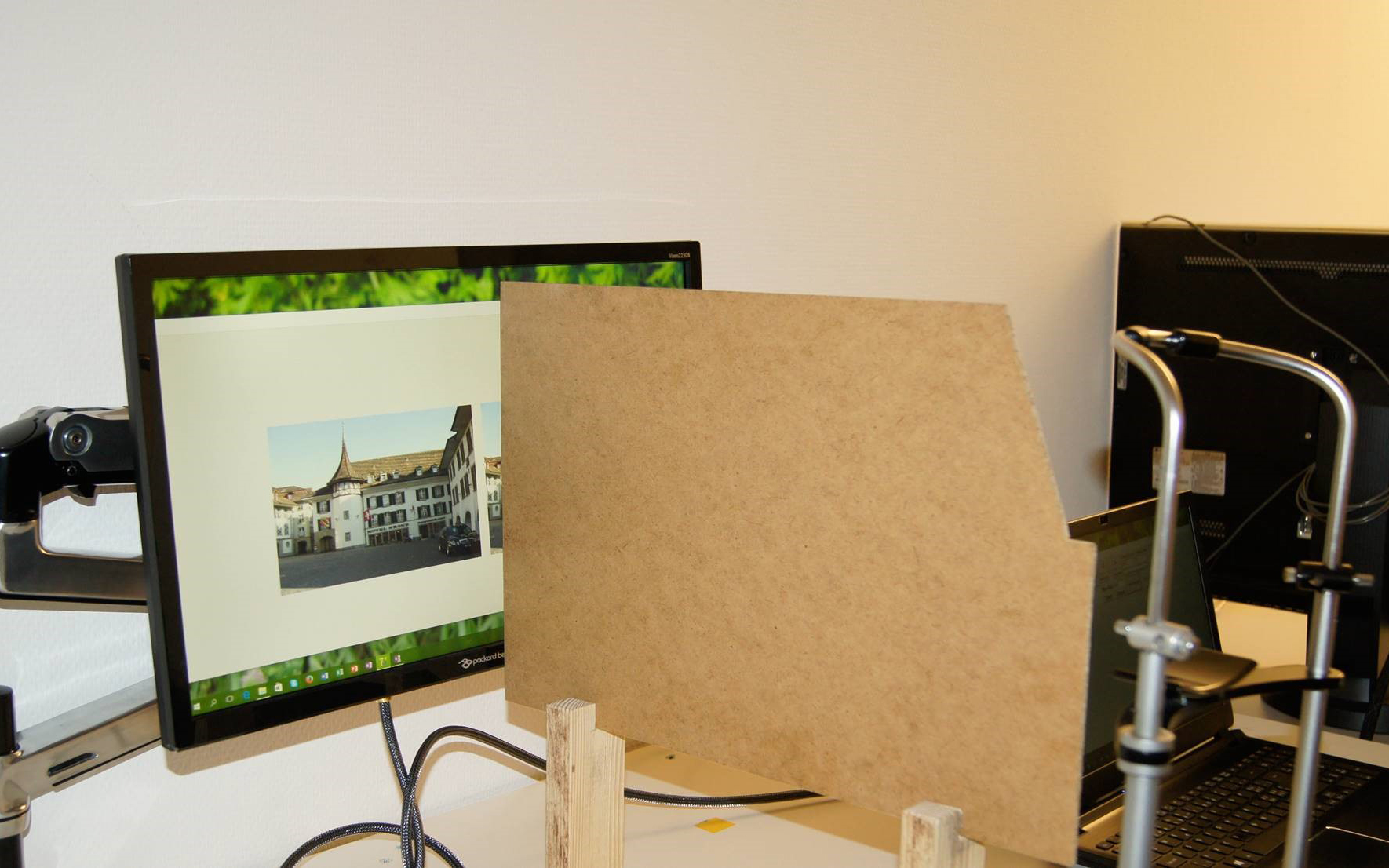Eye dominance and the fixation behaviour
This bachelor's thesis analyses the difference in fixation behaviour between the two eyes since one has sensory eye dominance and the other sighting eye dominance.
The results of the sighting and sensory eye dominance tests were compared with the fixation behaviour and then were tested with Eye Link II using a simple fixation model with nine dots. The measurement with Eye Link II was done using a dissociated performance model. 30 people were tested on two different days.
The analysis of the Eye Link II data showed a significant correlation between the absolute deviation of the x-direction and the sensory eye dominance as well as between the absolute deviation of the y-direction and the sighting eye dominance. An advanced analysis confirmed these results by examining separately the first and second measurements. There was also a significant correlation between the sensory eye dominance and the standard deviation of the y-direction and the average fixation disparity in x- and y-direction.
There is a definite correlation between fixation accuracy and both sighting and sensory eye dominance – this has been confirmed by different variables. There was also a significant difference between the first and second measurement. Furthermore, there is a difference depending on whether the sighting test (Hole-in-the-card-test) or the sensorial test by Joos was used.
Project information
- Team: Anita Forrer, Sara Märki (Bachelor students in optometry)
- Advisor: Prof. Dr. Roland Joos

